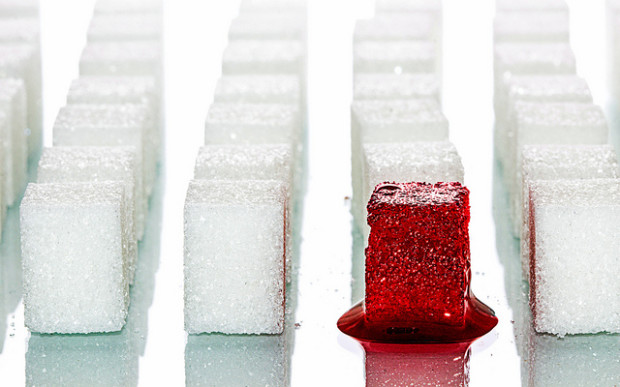Written by Olivia Peace.
I suffer from Type 1 Diabetes, a condition which means eight years ago my pancreas decided to stop producing insulin, for reasons unknown to even the most talented of scientists. So, in order to stay alive I have to manually inject the insulin myself.

It is considered an invisible disability as I look ‘normal’ on the outside, so on the surface it seems like nothing is wrong with me; if you see me on the street I look like your everyday girl just off to buy a McDonald’s.
No one sees my injection sites, my thighs or stomach, and so my bruises from the minimum five or six injections a day are always covered with clothing – unless I’m on holiday in a bikini which sucks a lot.
So this is a small insight into a typical day for me, a diabetic.
07:30 – I woke up and checked my blood glucose levels (BGL’s) immediately, which was 11.3 – a tad high for my liking. A person whose pancreas works properly and produces insulin would have a blood glucose level between 5.5 and 7.5 before breakfast, so I had to include a correction dose as well.
My breakfast was a bowl of frosties and a banana as I needed some sugar and energy for my early start alongside lots of coffee of course! This meant I had to inject! Nine units as well as the correction dose, so I injected 11 units of quick-acting insulin for breakfast.
However, I recently learnt that milk contains a small percentage of carbohydrate, so for 8 years I have been naively unaware and haven’t been injecting for it, oops!
10:30 – It is now time for my morning background insulin injection, which is 24 units – this has to be injected twice a day.
I have more ‘freedom’ over this type of insulin however, as I can adjust the unit based on any bad patterns in my BGL’s throughout the day.
Background insulin is different to quick-acting insulin, which is used for immediate effect like eating food with carbohydrates or drinking something sugary. Background insulin keeps me stable throughout the day and throughout the night, which is why I have to inject it twice but that does not stop it being any less annoying.
13:51 – Finally dinner time, I was so hungry by this point. I checked my BGL’s (3.1), which is below the recommended level for me as a diabetic (between 4.5 and 7.5), and we call this a hypo.
As usual when it happens, I could sense something was not quite right with my levels as my hands were visibly shaking when I used the blood glucose meter, which can be quite scary.
However, the tingling sensation is one of the symptoms of having a hypo so I take this as a positive thing by my body knowing how to recognise and alert me that something is not right.
But, this meant I either injected too much for breakfast or miscalculated my carbohydrate portions. Correction dose of -1 injected.
For dinner I had a fried egg sandwich and a piece of cake, because why not? The term ‘diabetes’ is frequently associated with the misconception that we cannot eat sugary foods and that was never going to be okay with me because I love cake and lots of it.
So no, as type 1 diabetics we are allowed to eat whatever we want we just have to inject almost every time we eat. My dinner carbohydrate portions equalled eight, but with the -1 correction dose, the amount of insulin I injected was seven units.

16:12 – I checked my BGL’s to see whether the correction dose had worked and it was 10.3. Slightly higher than the recommended level, but still definitely preferred to being hypo (below 4.5). This situation is one example of how much work we diabetics put in every day to try to get our BGL’s within the range of a ‘normal’ person’s, and how often it comes with no avail.
17:24 – I checked my blood glucose levels AGAIN to see if more time was needed for the insulin injection to kick in, which fortunately it had as it was 8.8. By now I have black dots on the ends of my fingers from pricking them so much.
My tea was a tuna pasta bake, for which my carbohydrate portions equalled six. No correction dose was required as my BGL’s were on the decrease anyway – insulin injection of 6 units given.
22:32 – Time for the evening background insulin injection of 24 units. I checked my BGL’s for the final time of the day (12.7), which is almost double the recommended level (a big no no), so I had to give myself a correction dose of two.
When my BGL starts to rise into higher double figures I usually start to get a headache, which is how I can tell if I need to check my bloods to avoid going hyper, because yes, that is an actual thing we suffer from and not just a sugar rush.
In this one day I had to give myself six injections and prick my fingers five times, which, while I am used to the notion of a needle from eight years of practice, it still affects my mentality somewhat. And this amount could change from day to day depending on other factors: on one day I might snack more than usual (quite a typical thing to happen), and another day I might be ill and so I eat less (ie. when I had freshers’ flu).
So the next time you’re out and decide to stop by the nearest Greggs and get a panini, have a little appreciation for your pancreas.

